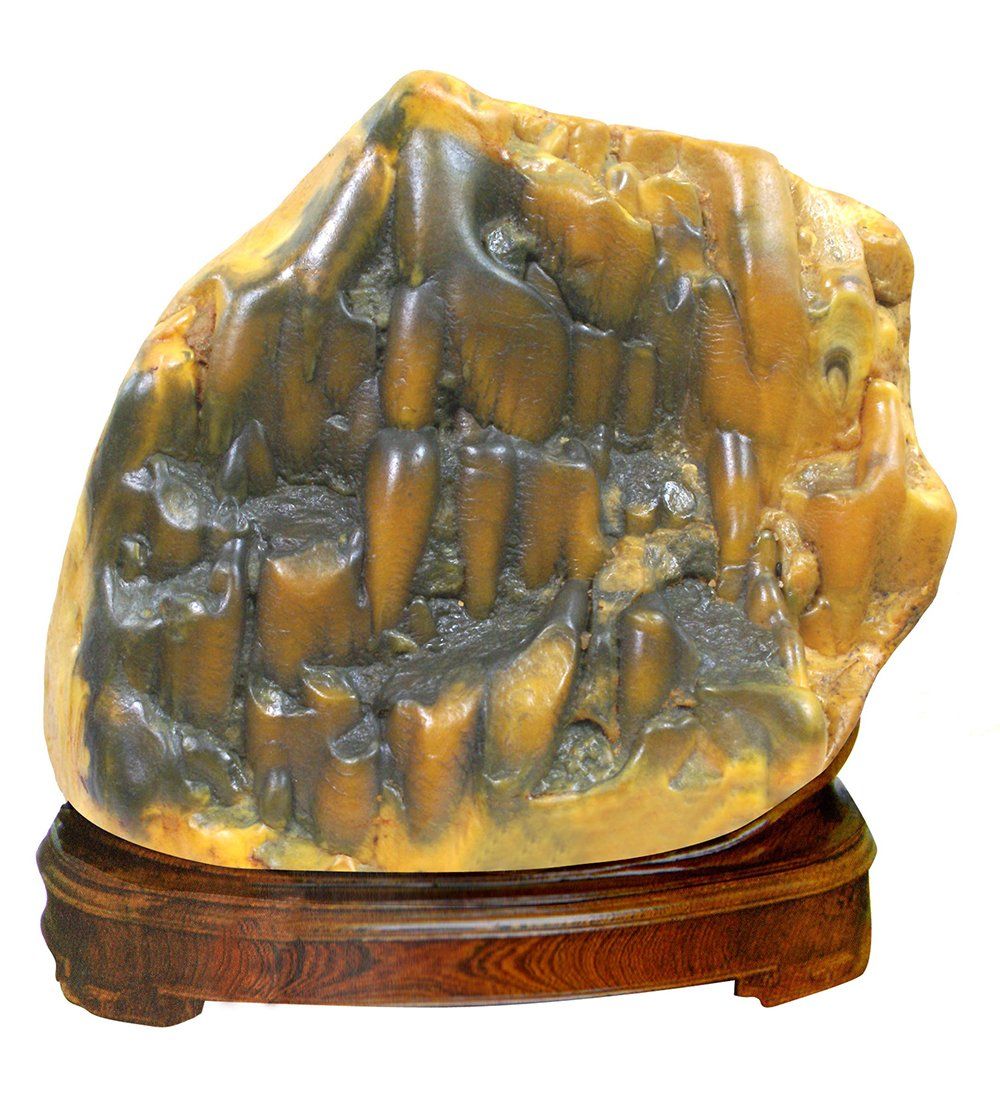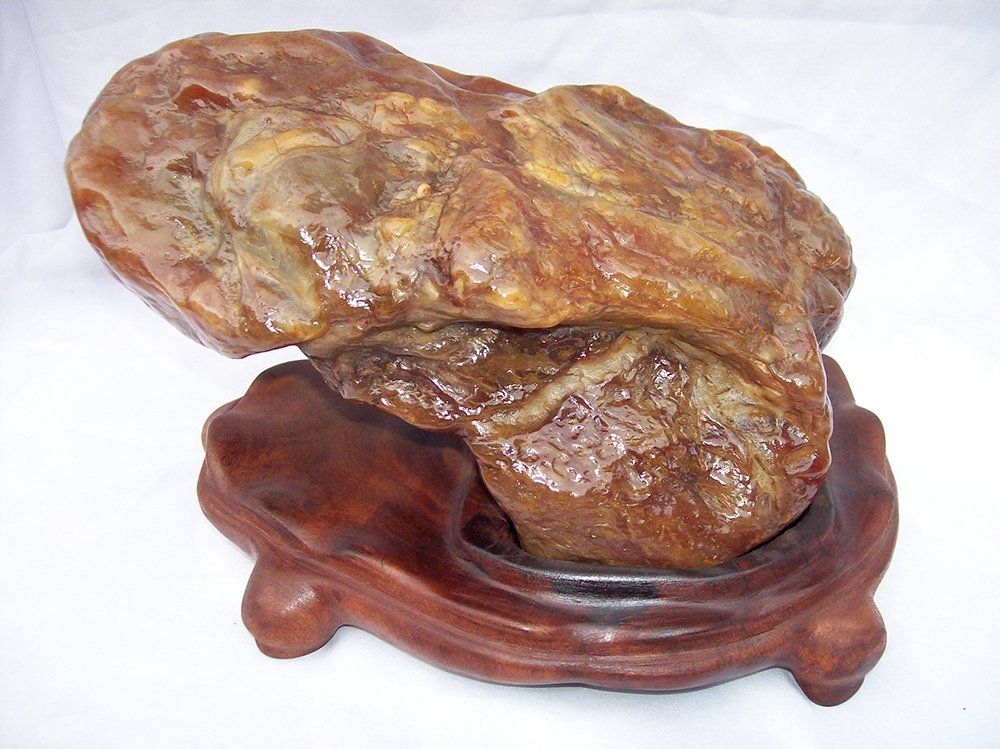Malaysian Stone AppreciationStones and Viewing Practices in Malaysia
By Tai Boon Wah, February, 2015
Malaysia is situated on the equator in Southeast Asia, bordered by Thailand to the North, Indonesia to the South, and the Philippines to the East. The country has an area of 329,758 square kilometers (127,320 square miles) and is comparable in size to the U.S. state of New Mexico. The population of Malaysia was estimated at twenty-eight million in 2013. Malaysia is a multinational and multicultural country with a very diverse population. The Malays ethic group make up 58% of the population, while ethnic Chinese comprise 26%, Indian groups 7%, and various other groups combined together for less than 9%. The majority of stone collectors and hobbyists in this country are from the Chinese ethic group.
A tropical rain forest divides Malaysia into East Malaysia and West Malaysia. Most viewing stones originate in West Malaysia. Five states in Northwest Malaysia—Kedah, Perlis, Penang, Perak, and Negeri Sembilan—with some coming from Kuala Lumpur. Many of the stone collectors are located in West Malaysia.
Malaysia has a relatively short history of stone appreciation. Collecting began in the late 1980s and slowly spread from Kuala Lumpur to the four states in northwestern Malaysia. In contrast to the wide variety of stones found in China, only a few types of stones are collected and valued in this island country. This has limited the growth of stone appreciation hobbyists. As a result, only one major stone exhibition is held each year. Despite that, the Malaysia Stone Lover Society has produced several nice photo catalogs of their exhibitions.
The state of Kedah in the northwestern part of peninsular Malaysia produces some very attractive wax stones of various colors that are comparable to those found in China. The Red Wax stones are highly prized because the ethnic Chinese are fond of the red color which represents happiness and prosperity. There are varying shades of red, and the Frozen Red Wax Stone (Hong Dong La) has the more reddish color. These stones are exceptionally hard, ranging between 6.5 to 8 Mohs, which is comparable to jade. These stones are composed of high levels of silica in the form of quartz and iron oxides which are responsible for the reddish color.
There are two types of Yellow Wax stones in Kedah. One type is collected from a river where people search for them. The second type come from Malay workers who find them in mining operations. The later is a common source of these stones. Normally, the Malay workers will spend their time after work picking stones from the river or sand warehouses in many of the villages. They then sell them to collectors, mainly Chinese buyers.
Currently, Malaysia does not have a regularly published stone appreciation magazine nor are there established stone shops where one can buy stones. In 2010, Mr. Tai Boon Wah established the Malaysia Art Stone Association and published the book
Malaysian Sushi Collection
(see featured book review).
Stone appreciation culture in Malaysia is pursued mainly by the Chinese ethnic group; thus, the ties are with Chinese stone culture and aesthetic concepts more closely associated with China than Japan. Today, Malaysian stone collectors follow the stone evaluation criteria of shape, quality, color, pattern, and rhyme for the Red and Yellow Wax stones found in Malaysia.
Apart from wax stones, new species or type of stones are being found that are appropriate for stone appreciation culture. Nice dark river stones were found in the state of Perak, the second largest state in peninsular Malaysia.
They are characterized by their dark green color and with a hardiness of 6.5 to 7 Mohs. Some of these stones are large and exceed 500 kg. Their outstanding shape and superior appearance are attracting many miners and stone collectors. The supply of stones in the Perak River is reaching the point of exhaustion, causing an expansion in the search for quality stones.
Malaysian wax stones make wonderful viewing stones, but they also are used for other purposes. Many stone collectors send their stones to professional stone carvers in Fuzhou and Putian in Fujian Province in China. Skillfully carved wax stones have high value in China and Malaysia depending upon the artist’s creativity. These carvers will produce different shapes and designs depending upon the collector’s request. There is a steadily growing stone appreciation culture in Malaysia, both for natural stones as viewing stones and quality wax stones for the stone art.



